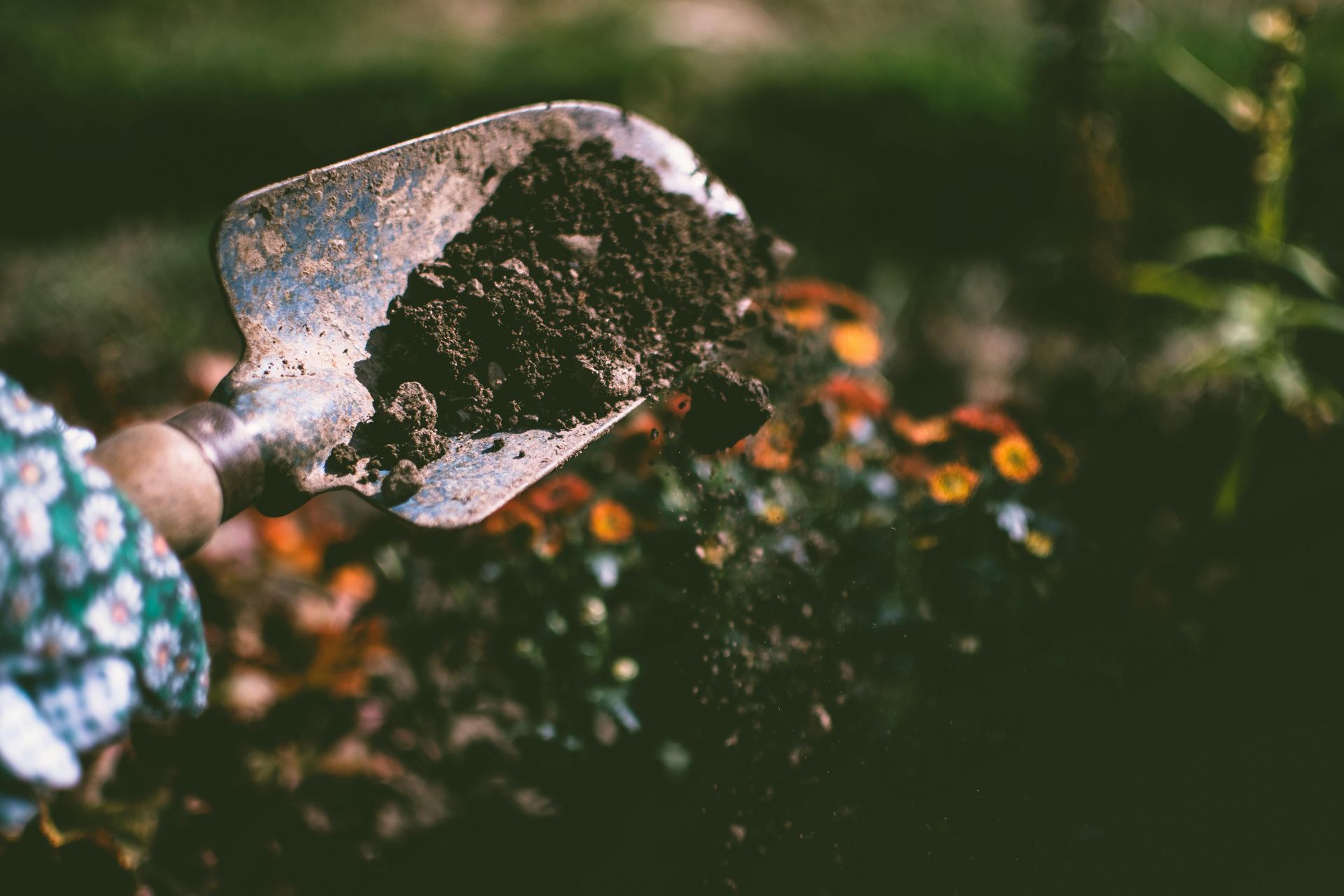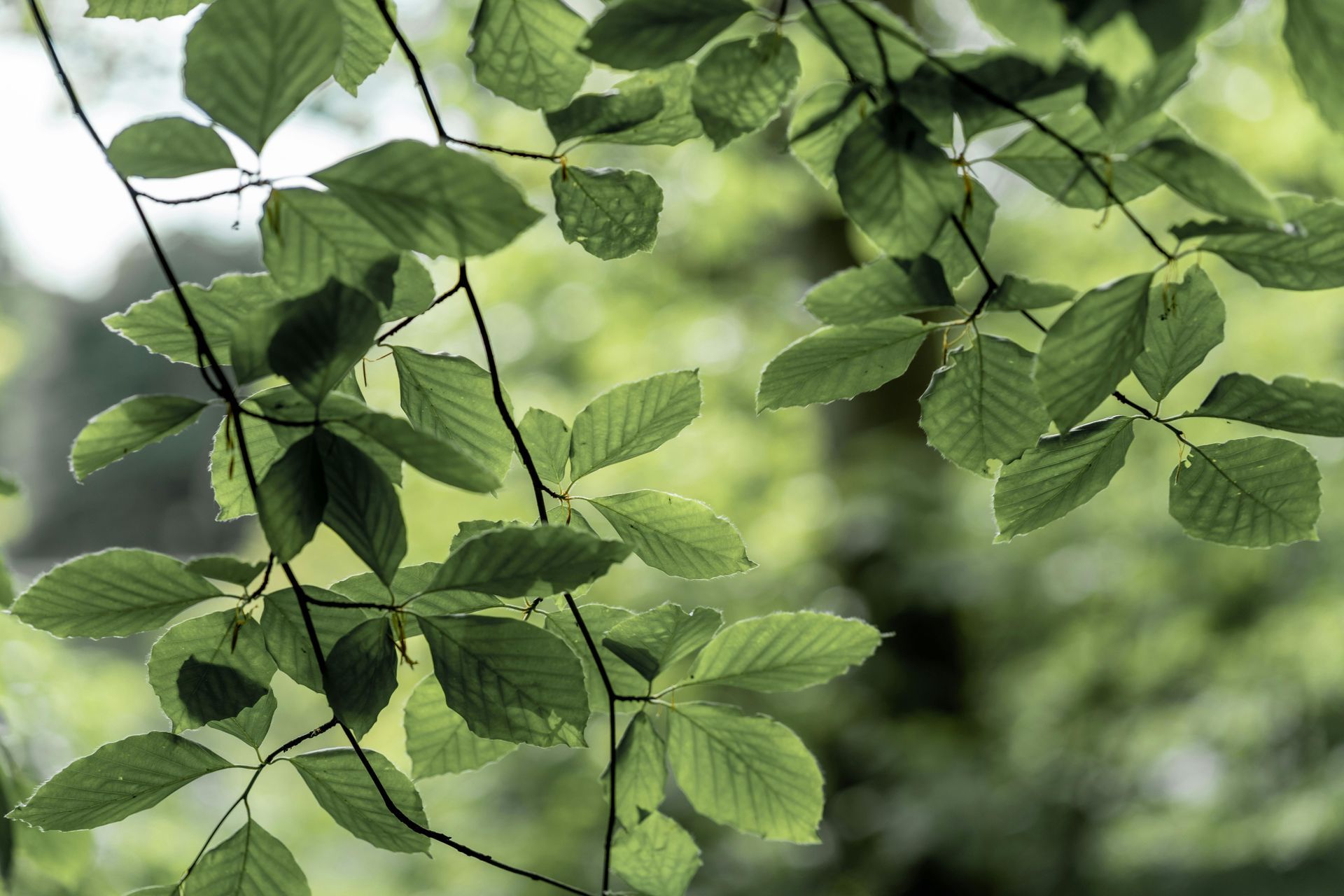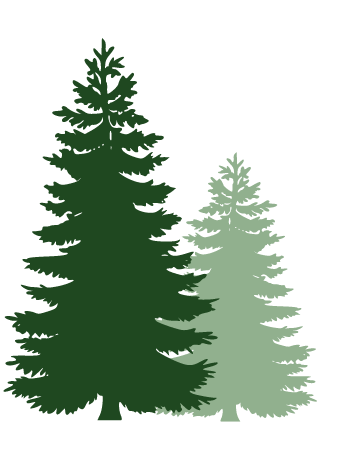Pennsylvania's Native Cactus: The Eastern Prickly Pear
When you picture a cactus, do you imagine sprawling deserts and sizzling heat? Scrubby brush and expansive skies, maybe even a mountain or a sand dune in the background? Probably. What about Pennsylvania’s rolling hills and temperate climate? ...me neither. But tucked into dry, sunny spots across the keystone state grows a surprising native: the eastern prickly pear (Opuntia humifusa), Pennsylvania’s only native cactus.
What Is the Eastern Prickly Pear?
The eastern prickly pear is a low-growing cactus with flat, oval pads covered in tiny barbed bristles (glochids) and occasional spines. In early to mid-summer, it produces stunning yellow blooms with red centers, which later develop into small, edible red fruits. This hardy species has adapted to survive Pennsylvania’s winters, storing water in its pads and going dormant in colder months.
Ideal Environment
The eastern prickly pear thrives in:
- Full sun. At least 6–8 hours of direct light every day.
- Sandy or rocky, well-drained soils. It naturally grows in sandy barrens, rocky slopes, and dunes.
- Dry conditions. It is drought-tolerant and dislikes overly wet soil.
In the wild, it’s often found in open, disturbed sites where other plants struggle, such as abandoned rail beds, dry grasslands, and sunny hillsides.
Caring for Eastern Prickly Pear
If you’re lucky enough to have one—or plan to plant it—care is minimal:
- Watering: Rarely needed once established; overwatering is the quickest way to kill it.
- Soil: Mimic natural conditions with a gritty cactus mix or sandy soil.
- Winter protection: None required in most of Pennsylvania, though overly wet winter soils should be avoided.
- Handling: Wear thick gloves! Glochids are tiny but can irritate skin for days.
- Propagation: Pads can be cut, allowed to callus for a few days, and then planted in dry, well-draining soil.
Landscaping Uses
Eastern prickly pear brings unique texture, color, and story to native plant gardens and
xeriscapes. It pairs beautifully with other drought-tolerant natives like butterfly weed, little bluestem, and blazing star. Because it thrives in poor soil and needs little care, it’s ideal for difficult sunny spots where other plants won’t grow. Its summer blooms attract native pollinators, and its fruit provides food for wildlife.
Conservation Status
In Pennsylvania and much of the eastern United States, the prickly pear is listed as endangered, mainly due to habitat loss from development, competition from invasive plants, and disruption of its dry, sandy environments. Protecting and planting this species helps preserve a rare part of our state’s biodiversity.
If you choose to grow eastern prickly pear, source plants from reputable native plant nurseries--never dig them from the wild. By including this cactus in your landscape, you can help protect a species that’s been here for thousands of years.
Check out the latest:









